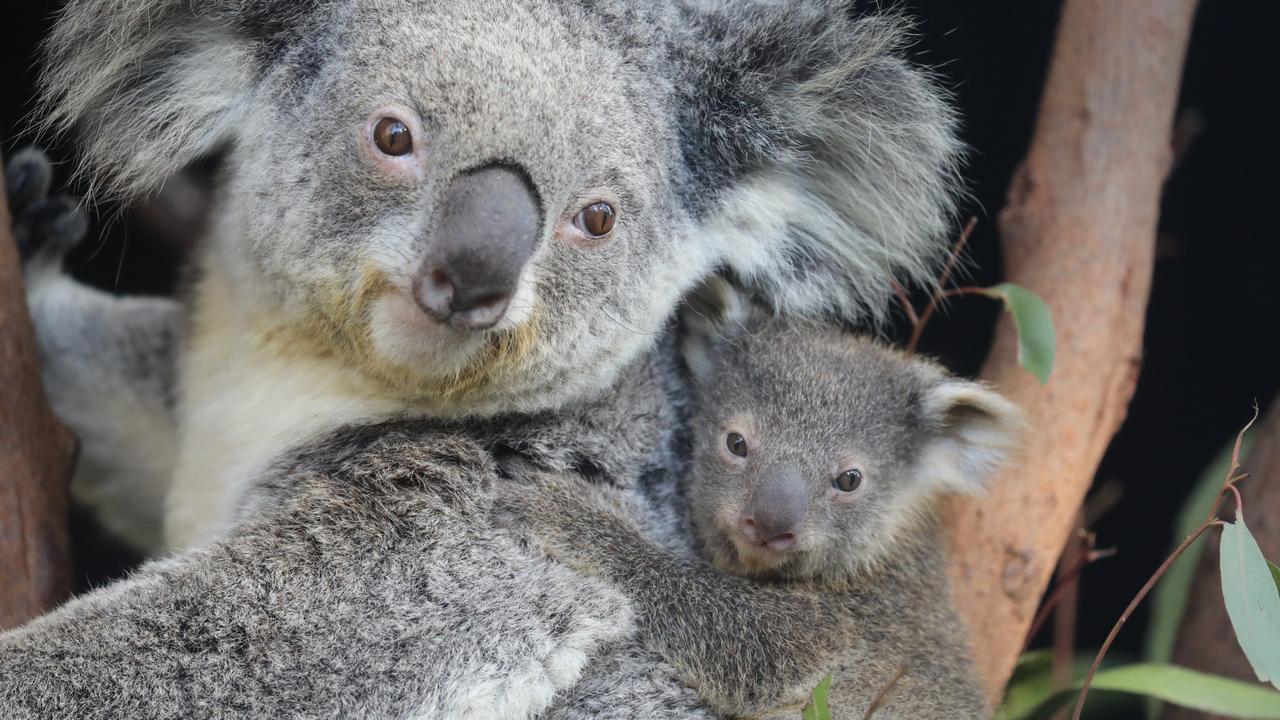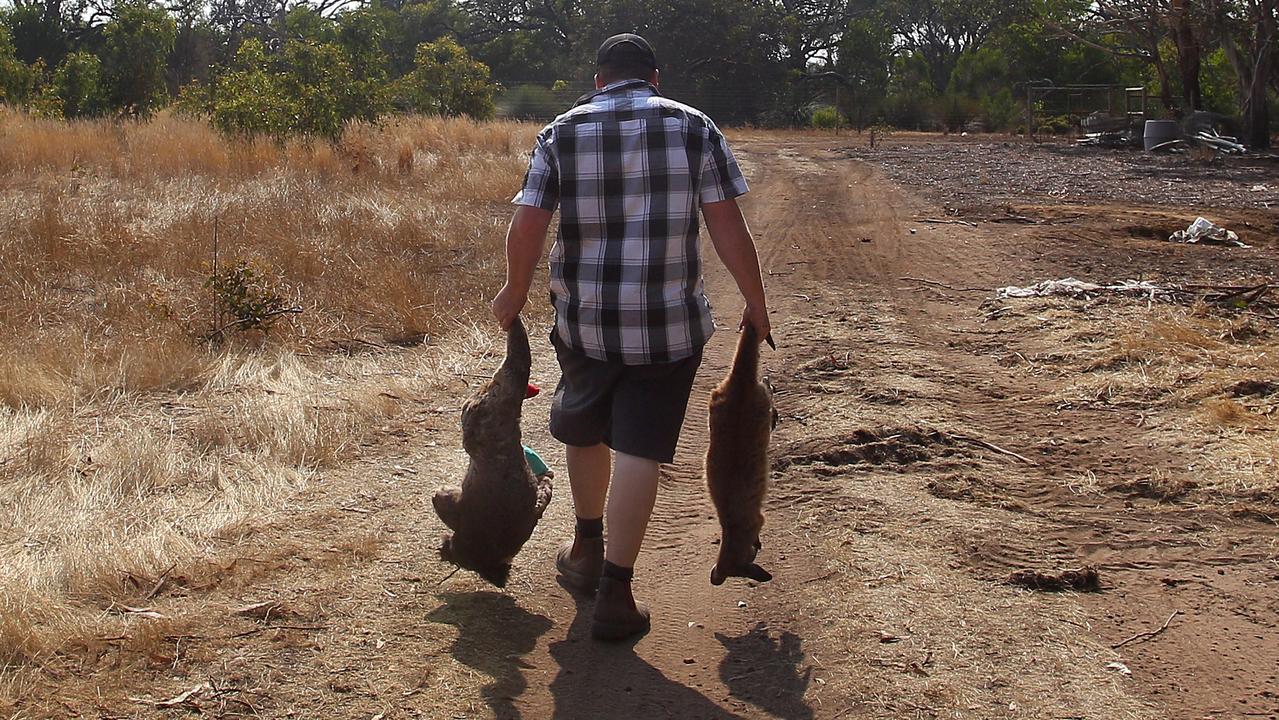Koala numbers plummet by 30 per cent in three years
Dire new data has shown an alarming plummet in the number of koalas in Australia, with growing fears they will go extinct.
EXCLUSIVE
Alarming new data has revealed that the number of koalas in Australia has plummeted by 30 per cent in just three years.
Whereas once Australia was home to eight million of the marsupials, there now could be only around 30,000 remaining.
In figures given exclusively to news.com.au, the Australian Koala Foundation (AKF) has stated the mammal is now extinct in seven regions where in 2018 there were still populations – and some areas have just five to 10 of the animals left.
It’s estimated there are only between 32,000 and 58,000 koalas left in the wild – that’s down from between 46,000 and 82,000 three years ago.
That’s far fewer than official government estimates which put koala numbers as high as half a million. But the AKF insists its numbers are more reliable.
There are now real fears this symbol of Australia could die out completely.
An ecologist has told news.com.au that koalas were “stuffed” and it was only a matter of time before they died out completely.

Only two regions with more than 5000 koalas
The AKF has stated that the falls have been across the board but are highest in Queensland which may now have just 6500 koalas remaining.
The numbers are broken down by federal electorate with just two, Mayo, south of Adelaide, and Corangamite, close to Geelong, now having more than 5000 koalas. A further 24 electorates have fewer than 100 koalas left.
“I couldn’t believe it when I saw the numbers,” AKF chair Deborah Tabart said.
“There used to be five electorates with more than 5000 animals and now there’s only two and it’s shocking that it’s happened in just three years.
“I’ve counted the dead bodies of koalas in Queensland. Over seven years there’s been something like 20,000 of them.”
She wants to see a “Great Koala Trail” built across eastern Australia to help koala populations grow once more.
Ms Tabart blames political parties of all stripes for not doing enough to save the creature. Indeed, the NSW Coalition almost fell apart last year over a plan put forward by Liberals to preserve more tree types so koalas could roam, which was not supported by the Nationals.
‘Koalas are stuffed’
“I don’t like to use the word extinct because I think it takes hope away. But it’s clear koalas are under threat, there’s no question they’re in trouble,” she said.
Flinders University’s professor of ecology Corey Bradshaw is more blunt about it.
“Koalas are stuffed,” he told news.com.au.
“When they go extinct is up for debate, but whether they will go extinct is not really up for debate anymore.
“Most of their native habitats have been cleared, they’ve been highly fragmented by roads and property development. Then you’ve got a lot of genetic problems and diseases and then the ones that survive that get taken out by dogs and hit by cars.
“Add bushfires, and there’s not a lot of long-term hope for that species in particular.”

Climate change impact on Aussie animals
Prof Bradshaw said the plight of the koala highlighted the impact of climate change which was another blow to animals that were already suffering.
“Most animals decline towards extinction, they don’t go for a single reason,” he said.
A species that has seen its habitat dwindle through deforestation might then be wiped out by a bushfire, whipped up by higher temperatures and ripping through the one area where it remained abundant.
Indeed, the bushfires of 2019 are thought to have killed three billion animals.
“It’s the frequency of extreme events that become the problem,” Prof Bradshaw said.
“It didn’t give time for fragile wildlife to recover.
“It’s like you smack them on the head and they have time to heal; and then you smack them again, they’re still going to be around. But if you smack them again and again, the chance of survival is much lower.”
Koala kiss points
The Australian Government has a list of 2000 species currently under threat. The koala is listed as “vulnerable” but could be moved to “endangered”.
The AKF has a vision of a “Great Koala Trail,” an unbroken koala habitat stretching 2443km from Cairns to Adelaide.
Ms Tabart said much of the habitats were broken up but some were so close they could be connected by “kiss points” where vegetation could be planted to bridge the gap.
“If we achieve contiguous habitat, then all creatures great and small could traverse through the bush unthreatened,” she said.
“Humans could walk under this trail of gum trees with koalas happily in the branches overhead.”
She also wants to see landowners incentivised to keep and grow more trees.
“I still have hope,” Ms Tabart said, “as long as we get on with it.”






